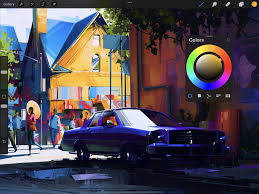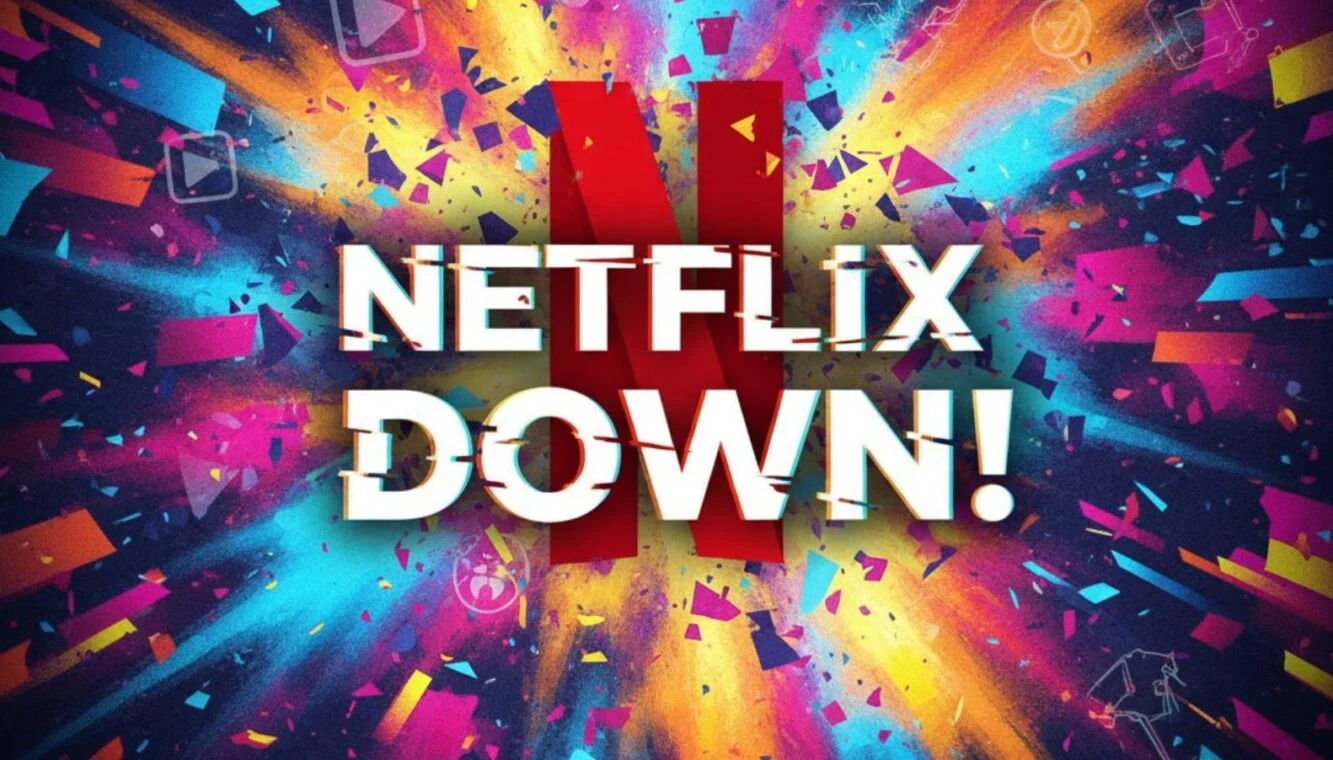Technology
OpenAI, Adobe and Canva define AI trends, as AI chips clock in a buying frenzy

There was hardly ever a period in the past 12 months when OpenAI wasn’t in the news.
- There was hardly ever a period in the past 12 months when OpenAI wasn’t in the news. Often for uncomfortable reasons (execs, including Mira Murati, exiting the building). But primarily because of the big leaps their AI models kept delivering. From the GPT-4o model, a ChatGPT search engine, ChatGPT in Apple Intelligence, is already forward-looking with OpenAI o1 and o1-mini and the o3 LLMs. Before Murati left OpenAI, she promised that the 2025 AI models will have “PhD-level intelligence,” and we may be hurtling towards that reality.

- Very few companies, alongside advancing what their AI is capable of, have also pushed for safer implementation of that AI across the board. Adobe’s efforts stand out. “We aren’t building AI models for the sake of it,” Adobe VP Deepa Subramaniam told us during an interaction. At the same time, they’ve collectively pushed the ecosystem towards adopting content credentials to help users identify generations from real media. At the same time, their Firefly model is being deployed as a standalone generative AI tool. It also underlines the impressive Generative Extend for video edits and Adaptive Profile for photo edits, both finding a home in Adobe’s apps.

- The video generative AI chapter is now well and honestly written. Although OpenAI teased Sora much earlier in the year, Adobe was able to have the Firefly Video model ready for primetime sooner. Meta talked about Movie Gen, their AI video generator, but that’s also not for public access. This will only develop in the months ahead.

- Canva, a one-of-its-kind creative platform, made some bold moves with AI, acquisitions, and widening its positioning to become relevant for businesses, teams and enterprise use cases. Perhaps the plan to increase subscription prices wasn’t as well thought out. But that doesn’t take away from the brilliance of the Magic Studio overhaul followed by the Dream Lab generative AI layer, a fruit borne from the Leonardo acquisition. Cameron Adams, who is Canvas co-founder and Chief Product Officer, told us that most of the cutting-edge tools in the suite use AI that’s built in-house. There’s a lot that’s expected from Canva in the coming years.






